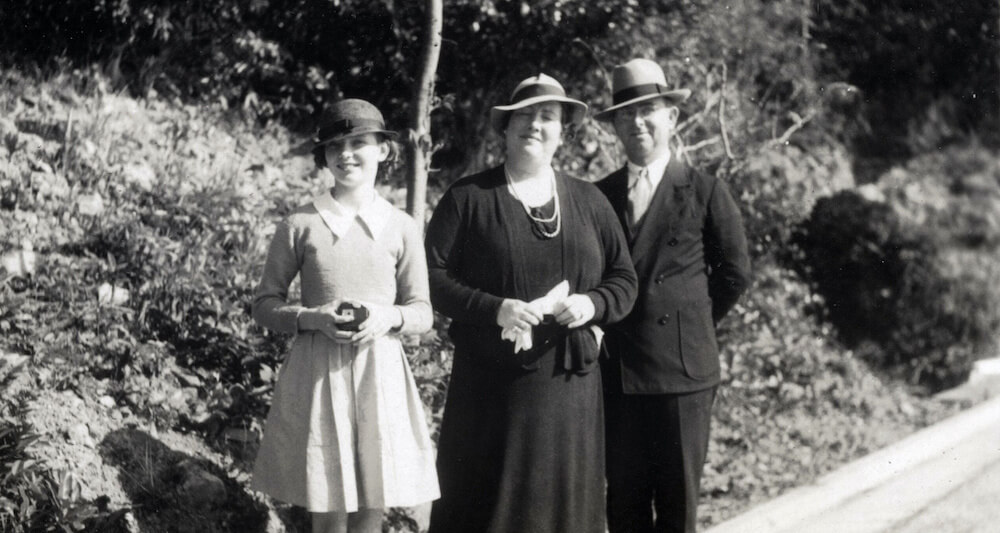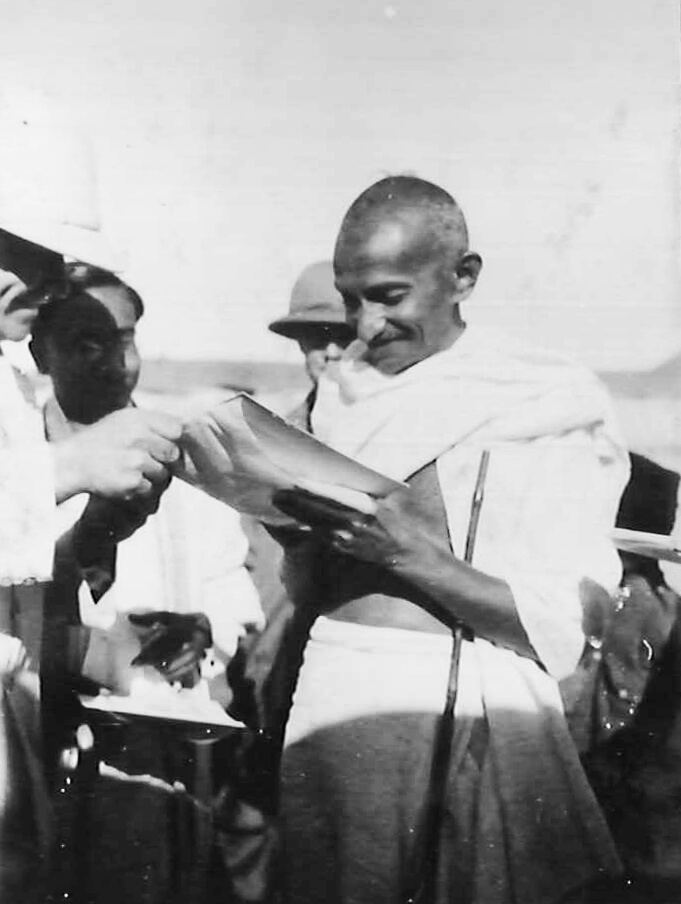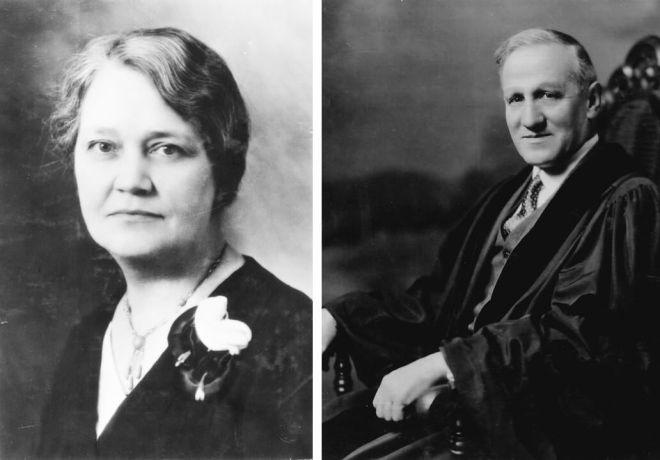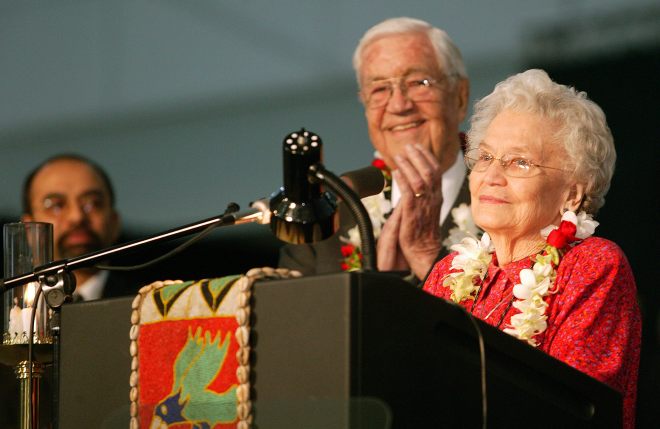2015
Books and other materials by and about E. Stanley Jones
E. Stanley Jones is on the web and on social media!
• Go to www.estanleyjonesfoundation.org
• Like E. Stanley Jones’ Facebook page at https://www.facebook.com/#!/pages/EStanley-Jones/115460151836697
• Sign up to follow ESJ’s twitter account at www.twitter.com/E_StanleyJones
This list highlights those books/pamphlets/videos currently in print/available and which source on the Internet is cheapest. If you are ordering for your Ashram, you can often get books in bulk by telephoning the United Christian Ashram central office at 318-232-004 or by emailing them at uca@christianashram.org
Newest materials available: The newest books now in print are a series of books published by Abingdon Press including The Christ of the Indian Road (2014), Abundant Living (2014), The Way (2015) and How to Pray (2015).
E. Stanley Jones books and classics are now available through NookBooks on Barnes and Noble and Kindle on Amazon.com.
There are a few collections available for free online as well. For example, at www.archive.org you can read or print in PDF format: The Christ of American Road, Mahatma Gandhi: An Interpretation; and Along the Indian Road among others.
Living Upon the Way by Anne Mathews-Younes, the grand-daughter of E. Stanley Jones, is a treasure book and CD of transcriptions and audio recordings of fifteen sermons of E. Stanley Jones. These sermons are also available at http://evangelismresources.org/content/livingupon-way-full-web-release-exclusive
E. Stanley Jones' wonderful biography by Stephen Graham entitled Ordinary Man,
Extraordinary Mission: The Life and Work of E. Stanley Jones is also available. And to learn more about Brother Stanley's life and thinking, read his autobiography
A Song of Ascents: A Spiritual Autobiography. It is wonderfully inspirational.
A Fisherman for God or Selected Messages are an excellent introduction to E. Stanley Jones and the United Christian Ashram movement.
You can get these and other videos through the UCA website at www.christianashram.org.
Books Currently in Print [at the most reasonable price]
Abundant Living (2014) (A) www.cokesbury.com $11.04
La Vida Abundante (2010) (P) www.christianbook.com $ 8.99
Bread and Wine: Readings for Lent www.cokesbury.com $17.28
And Easter (PL)
Christ of the Indian Road (2014) (A) www.cokesbury.com $11.04
The Christ of the Mount (SC) www.amazon.com $32.75
E. Stanley Jones Had a Wife:
The Life and Mission of
Mabel Lossing Jones (SP) www.amazon.com $38.99
Holiness Teaching Today, Volume 6
(BHP) www.christianbook.com $29.99
How to Pray (2015) (A) www.cokesbury.com $ 8.83
In Christ (G) www.amazon.com $12.56
Living Upon the Way (L)
Book only www.christianashram.org $10.00
Book and CD www.cokesbury.com $20.00
A Love Affair with India: www.amazon.com $12.00
The Story of the Wife and Daughter
of E. Stanley Jones (UMW)
Mahatma Gandhi: An Interpretation (FB) www.amazon.com $ 7.93
Ordinary Man, Extraordinary Mission (A) www.cokesbury.com $14.73
The Pact of Paris: The General Pact for
the Renunciation of War: Volume I (N) www.amazon.com $27.86
Selected Messages from
E. Stanley Jones (DVD) www.amazon.com $12.99
A Song of Ascents (A) www.cokesbury.com $22.77
The Unshakeable Kingdom and the
Unchanging Person (M) www.amazon.com $12.80
Unchanging and Unshakeable (2013) (X) www.amazon.com $15.49
The Way (2015) (A) www.cokesbury.com $11.04
They Walked in the Spirit (W/JK) www.christianbook.com $27.00
The Word Become Flesh (A) www.christianashram.org $10.00
Victorious Living (2014) (A) www.cokesbury.com $11.04
A=Abingdon Press
FB=Forgotten Books
G=Grace Press
L=Lucknow Publishing House
M=McNett
N=Nabu Press
P=Peniel
PL=Plough Publishing House
SP=Scarecrow Press
UMW = United Methodist Women
W/JK= Westminster/ John Knox
X=Xulon Press
Out-of-Print Editions of Materials Currently Available New
Gandhi: Portrayal of A Friend www.christianashram.org $ 2.50
Selections from E. Stanley Jones www.christianahsram.org $ 2.50
The Way to Power and Poise www.christianashram.org $ 2.50
Conversion www.christianashram.org $ 2.50
Victory Through Surrender www.christianashram.org $ 5.00
Also available are over 100 audio CDs of E. Stanley Jones sermons.
E. Stanley Jones Books available Electronically or Online:
Kindle and/or Nook Books
The Way
The Christ of the Indian Road
Abundant Living
Victorious Living
Along the Indian Road
Mahatma Gandhi
Free online at www.archive.org:
Along the Indian Road
The Christ of the American Road
The Christ of the Mount: A Working
Way of Life
Mahatma Gandhi: An Interpretation
Victorious Living
E. Stanley Jones Books currently only available used:
To find these materials, simply go online to Amazon.com, Barnesandnoble.com or
alibris.com and type in the title you want or E. Stanley Jones in the section marked used books and pamphlets. You can also sometimes find new or nearly new books in this way.
Along the Indian Road
The Contribution of E. Stanley Jones
The Choice Before Us
Christ and Human Suffering
Christ at the Round Table
Christian Maturity
Christ’s Alternative to Communism
Christ of Every Road
Christ of the American Road
The Divine Yes
El Camino
How Does God Guide Us?
Growing Spiritually
How to be a Transformed Person
The Indian Interpretation of Christ
Is the Kingdom of God Realism?
Mastery
Motives of Evangelism
The Motive and End of Christian Missions
The Reconstruction of the Church: On What Pattern?
Sayings of E. Stanley Jones: A Treasury of Wit and Wisdom
Spiritual Formation of Christian
Leaders: Lessons from the Life and
Teaching of E. Stanley Jones
The Strength of Sacrificial Love or The
Cross of Jesus Christ – What Does It Mean?
Together
The Totalitarian Kingdom of God
Victory through Surrender
When Sorrow Comes
365 Days with E. Stanley Jones
Multilingual Language Versions:
• The Way: Available in Spanish El Camino (2010)
• Abundant Living Available in Spanish La Vida Abundante (2010)
Past additions are also available in Korean, Japanese, German, Finnish, Hindi and so on.
Other Ashram Related Materials
You can get at low or no cost many Christian Ashram related materials that you will find helpful for your local Christian Ashram. Go to www.christianashram.org for more.
Biographical and Various Other Resources with References to E.
Stanley Jones and his Life and Thought
• Bread and Wine: Readings for Lent and Easter (2003) by Various Authors
• The Christ of the Bible Way: On the Christ of the Indian Road by Stanley Jones:
Being Criticism of His Book (1929) by R. Cookson.
• Communicating Christ in India (1998) by Martin Paul Alphonse.
• The Contribution of E. Stanley Jones (1973) by Richard W. Taylor. The Christian
Literature Society.
• Devotional Classics (1990) by Richard Foster.
• E. Stanley Jones Had a Wife: The Life and Mission of Mabel Lossing Jones (2007)
by Katherine Reese Henderson.
• Holiness Teaching Today, Volume 6 (1987) by Alfred F. Harper. Beacon Hill Press.
• Living Upon the Way: Selected Sermons of E. Stanley Jones on Self-Surrender and Conversion (2008) by Anne Younes-Matthews.
• A Love Affair with India: The Story of the Wife and Daughter of E. Stanley Jones
(2009) by Martha Chamberlain.
• Missionary of the Indian Road: The Theology of Stanley Jones (1996) by Paul A. J. Martin. Cambridge Theological Book Trust.
• Ordinary Man, Extraordinary Mission (2005) by Stephen Graham.
• A Song of Ascents (1968) by E. Stanley Jones
• Spiritual Formation of Christian Leaders: Lessons from the Life and Teaching of E. Stanley Jones (2007) by Donald Demaray and Reginald Johnson.
• The Totalitarian Kingdom of God (1998) by Stephen Graham.
• They Walked in the Spirit (1997) by Douglas Cook.
• A Treasury of Great Preaching (1995) by Clyde E. Fant and William M. Pinson
• Unchanging and Unshakeable (2013) by Al Jansen


 Mahatma Gandhi, circa 1930s, meeting Methodist missionaries in India.
Mahatma Gandhi, circa 1930s, meeting Methodist missionaries in India. Mabel Lossing Jones and the Rev. E. Stanley Jones, missionaries in India.
Mabel Lossing Jones and the Rev. E. Stanley Jones, missionaries in India. Bishop James K. and Eunice Mathews, during a session of the United Methodist Church’s 2004 General Conference in Pittsburgh, in which Eunice was honored for a lifetime of service to the church.
Bishop James K. and Eunice Mathews, during a session of the United Methodist Church’s 2004 General Conference in Pittsburgh, in which Eunice was honored for a lifetime of service to the church.







